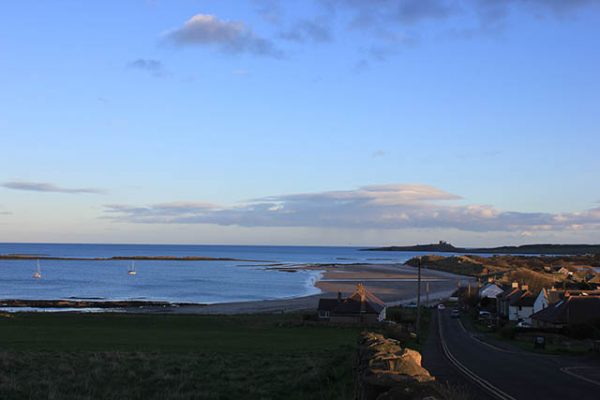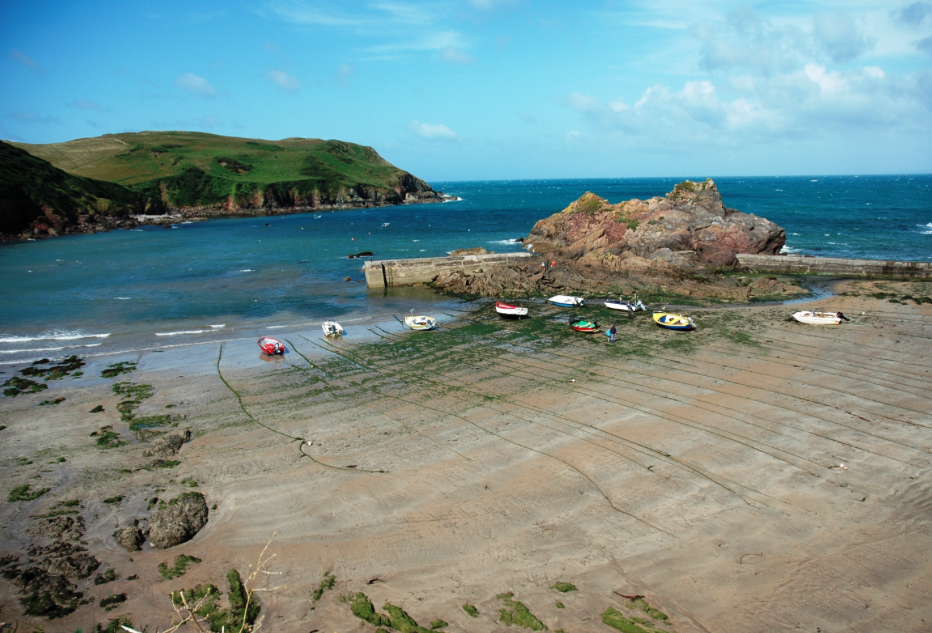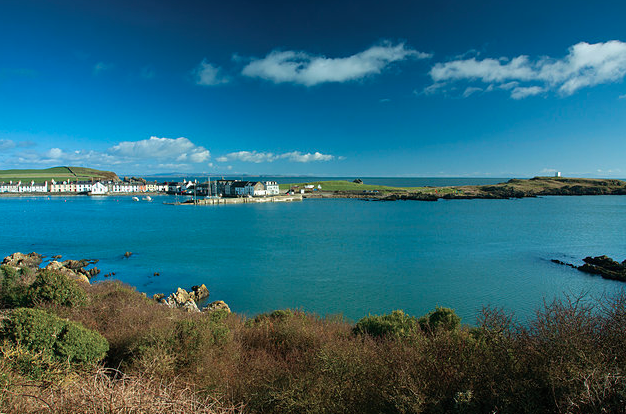Not only does this anchorage offer good holding but stargazing, birdwatching and a beautiful sandy beach, says Alastair Buchan
A mile or so south of the ruin of Northumberland’s 14th Century Dunstanburgh Castle lies Newton Haven, also known as St Mary’s Haven, Low Newton by the Sea or Newton Seahouses.
Stone Age people began a tradition of living by farming and fishing around Newton Haven that lasted until the early 20th Century, when fishing all but disappeared and farming became increasingly mechanised and less labour intensive.
The local watering hole, the Ship Inn, began life as The Smack in the late 1700s, and its microbrewery revived the custom of pubs brewing their own ale. In the early 19th Century, an open-ended square of cottages was tacked onto The Ship, giving the village the look of a terraced square.
In the 1700s, the Coastguard’s duties were primarily preventing smuggling. Bringing transhipped contraband ashore in fishing boats was a popular ploy, and the building of Coastguard cottages on the hill outside the village in 1828 was probably to watch over the fishermen.
St Mary’s Church, built as a mission room at the end of the 19th century, is a tin tabernacle. These prefabricated corrugated iron churches were developed in the 1850s and proved popular in rural areas. From 1902, it was used as a church and village hall until the Women’s Institute hall took on the latter role after the First World War. The WI hall closed in 1996, and the church, once again, became dual purpose.
Continues below…
Exploring Hope Cove, south Devon
This unspoilt, often overlooked haven in Devon can be a great anchorage, says Dag Pike
Runswick Bay, Yorkshire
Until the late 19th century Runswick Bay was a fishing village with a sideline in smuggling. Then, as tourism spread…
The Isle of Whithorn in Scotland
It may be slightly out of the way for those heading north, but this anchorage near the Solway Firth is…
The village is now a tourist destination popular with stargazers (it is within Northumberland’s dark sky zone), birdwatchers and various watersport enthusiasts.
May to June is best for birdwatchers. The Newton Pool Bird Reserve just outside the village has two hides for visitors, including one with disabled access. In the 1960s, the bay was home to pioneering windsurfing schools and their legacy lives on today.
Provided there is not too much swell, the anchorage offers shelter from winds from the north-west, through west to the south. The Fills Rock dries for all but a couple of hours either side of High Water and gives some protection from onshore swell at Low Water but less so as the tide rises, when a second anchor to haul your bows round into the swell may be useful.
From around 55o30.9N and 01o37.2W the ridge-line of the cottages on the south side of Low Newton Green bears 240oT. This brings you into the anchorage clear of both Fills Rock and the rocks to the south of Newton Point.
Stay on this line until you are about to run out of water. To port the keep of Dunstanburgh Castle is just about to come in line with the most westerly of the permanently dry area of the Emblestone.
Turn onto this transit and anchor anywhere you can along it avoiding the inshore moorings. It is a good idea to trip your anchor. The bottom is sand and the holding usually good. Depending on the swell, dinghy landings may be a damping experience.
Boats that can take the ground can dry out inshore of the line of moorings.







